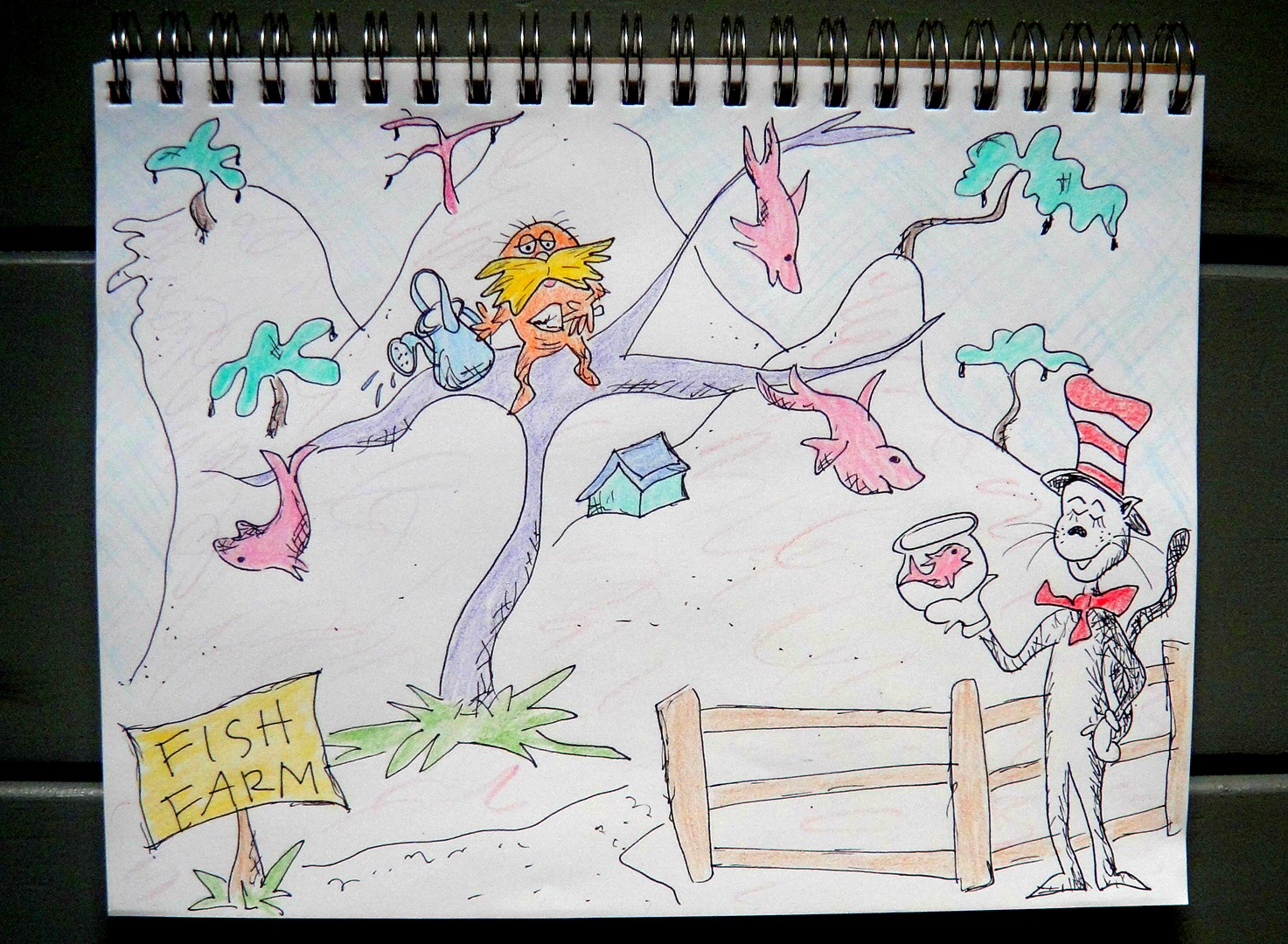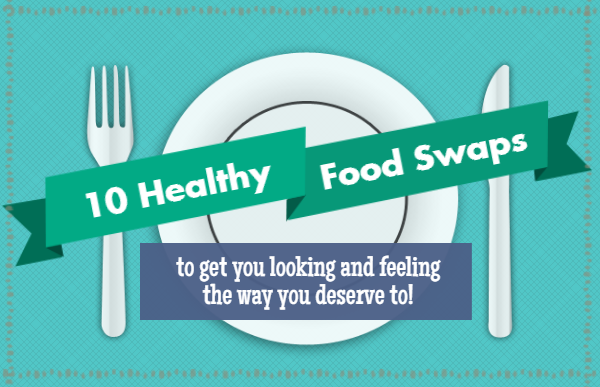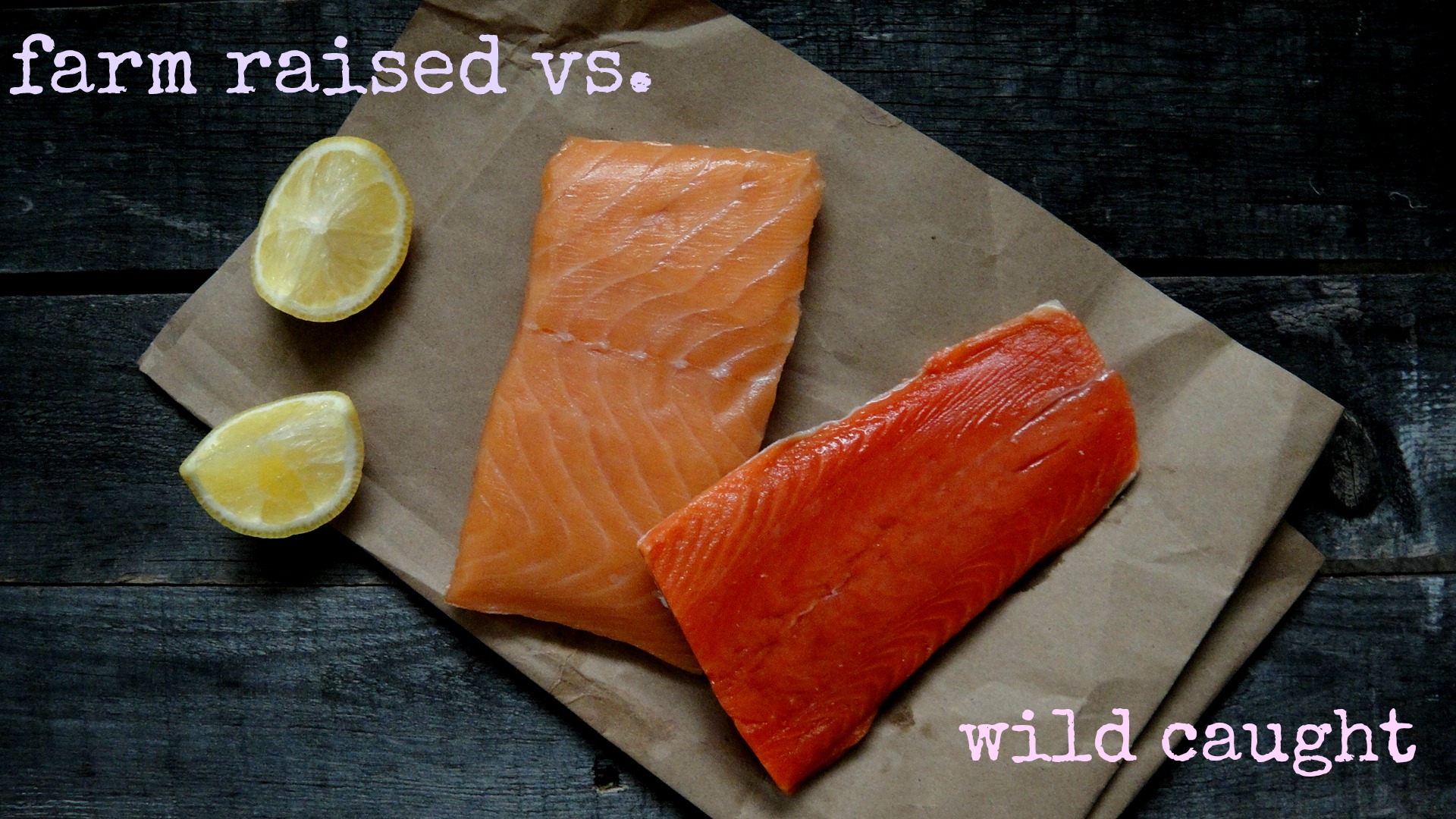Why Wild Caught Salmon is Best
If you’re a health conscious person (and even if you’re not) I’m sure you’ve heard about the benefits of consuming more fish on a regular basis. Japanese and Mediterranean diets, which both include a great deal of seafood, seem to grow people who generally have lower risk of heart disease, longer life-span, and overall good health. By our reductionist approach, we have attributed this health benefit to the occurrence of Omega-3 fatty acids found naturally in fish, and especially high in fatty fish such as salmon. So we have concluded that eating salmon is good for us, but is that the end of the story?
As more and more people learn that by simply including this delicious fish into their diets they can live to 100 without dropping dead of a heart attack, sales of salmon have soared astronomically. And when demand is high, companies look to how they can produce more of a product, faster and cheaper. The solution for large-scale food producers is to farm salmon (that term alone personally conjures Dr. Seuss images of fish growing on trees somewhere). Farmed salmon is the fastest growing food production system in the world, accounting for 70% of the salmon sold worldwide. What does that mean? Unless the salmon you are buying is labeled as “Wild Caught”, “Alaskan”, or “Sockeye” you are purchasing fish raised by fish-farming practices. So is that really such a bad thing?
We need Omega fatty acids, as our bodies cannot produce them on its own (hence the term “essential”). Omega 3s are responsible for neurological development and processing, metabolism of glucose, and the calming of inflammation. Omega 6s are involved in fat storage, clotting, and the inflammation response. Since Omega-3s and Omega-6’s compete for space in our cells, keeping the correct balance of these two fats is incredibly important.
Most people associate Omega 3s with fish, but where do the fish get these fats from in the first place? All green plants contain Omega 3s, so when small fish swimming in the ocean eat algae (a green plant) they get a dose of these fatty acids with their lunch. Bigger fish, like salmon, eat these smaller fish, and then we in turn eat them. In case you’re new to Earth, this is called a food chain, and it’s how we accumulate the nutrients our bodies require. The industrial farming of fish disrupts this food chain by feeding salmon a mixture of GMO corn/soy, chicken, and feather meal. A fish that lives his life swimming in the ocean would never under any circumstances come in contact with, let alone eat, corn or soy. Since corn and soy are both high in Omega 6s, the salmon that eat them will have reduced levels of Omega 3s and increased levels of Omega 6s. So in essence, the entire reason health conscious folks started eating salmon has been nullified by (cleverly?) manipulating one of nature’s intricately developed systems.
If understanding the difference of wild-caught and farm raised salmon on a chemical level is too much for you, just use your eyes. Salmon growing on their natural diets in Alaska are a beautiful, bright red. This is due to the high astaxanthin content, an antioxidant known to relieve pain and inflammation, along with numerous other benefits. Farm raised salmon usually end up being more grayish (yum!) so producers will actually dye them pink to more closely resemble wild caught fish. Another indicator of farm raised salmon is the white streaks across the body, which is fat. Healthy salmon will have thin stripes, spaced close together (perhaps a result of the exercise they get swimming in their natural habitat?). Unhealthy salmon will have wider stripes spaced farther apart.
I would definitely recommend eating fatty fish such as wild salmon, as it is an integral part of a healthy diet (and conveniently delicious). If you want to reap the benefits of salmon you’ve heard so much about, however, I would recommend steering clear of the farmed variety; the unfortunate result of the industrial food system’s desire for all things cheap and fast.

*the wild-caught fish pictured above is Sockeye. Due to its specific diet, this species of salmon contains the highest levels of Astaxanthin resulting in its deep red color. Other species of wild caught salmon that have less of this specific compound will appear more pink in color
other sources:
http://articles.mercola.com/sites/articles/archive/2013/04/15/wild-alaskan-salmon.aspx#
In Defense of Food, Michael Pollan




Thanks for bringing attention to the matter of farmed salmon. These farms are Killing the environment one farmed salmon at a time. But… while it is true that sockeye are a bright red color, other wild salmon generally are not. Pink salmon – which is abundant and relatively inexpensive – is the palest of all salmon, even more so than farmed, and often times very high-quality Chinook is about the same color as farmed salmon.
The best guideline is to insist on adequate labeling. At restaurants and markets, If It Doesn’t Clearly Say “Wild” or “Wild Caught,” it’s farmed. People who care about the environment do not purchase or eat farmed salmon. If budget is a concern, choose pink salmon or another fish species. Herring, anchovies and sardines are typically inexpensive and deliver all the health benefits of wild salmon. Good Eating!
You’re right Barbara, I purchase wild canned tuna that is pink (and much less expensive than sockeye). Labeling is key, as you mentioned, as well as consumer awareness. Thanks so much for the comment!